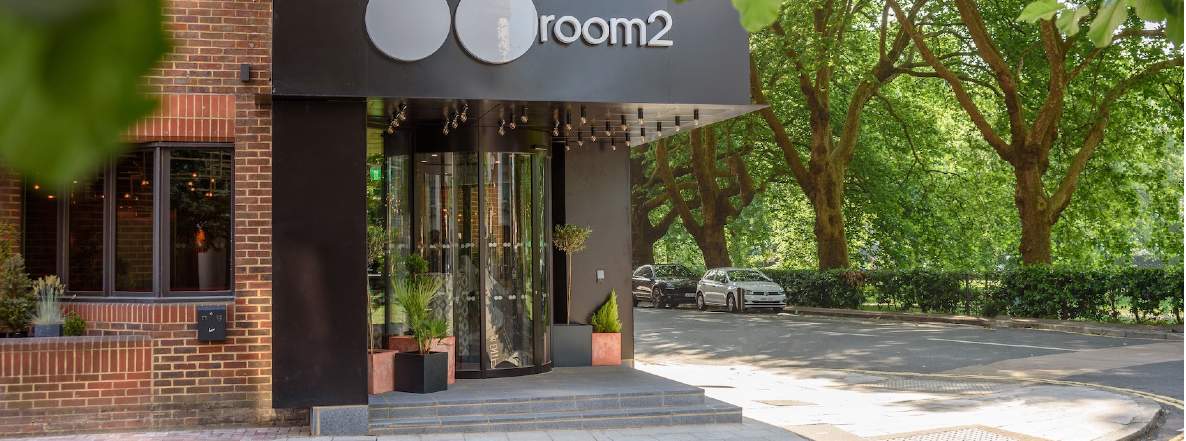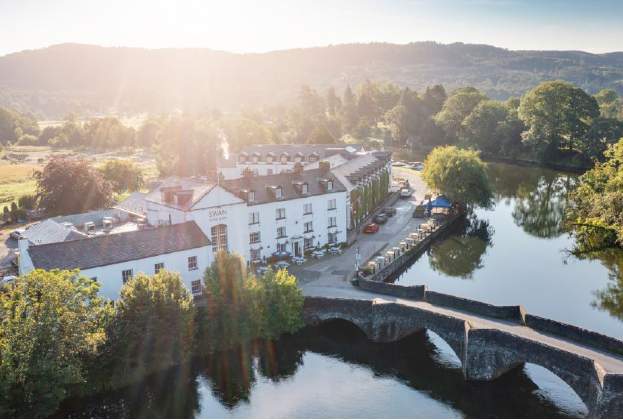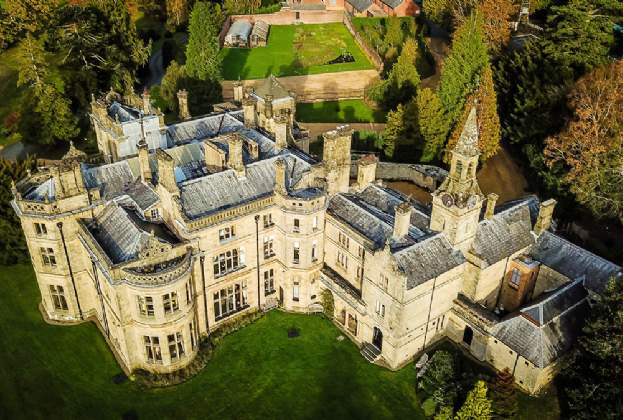The significant disruption caused by the Covid-19 pandemic has unfortunately resulted in many leisure and hospitality business casualties. Cash-strapped businesses are seeking liquidity to help with their survival and we are experiencing a growing interest in the sale and leaseback structure not only to assist cashflow, but also to play a key role in strategic growth.
In Europe, the sale and leaseback structure is very common and often used by businesses as an attractive alternative to traditional financing arrangements, taking capital out of real estate assets and putting it back in core businesses and growth objectives, without losing the benefit of control over the asset.
This structure also provides liquidity to pay down debts and invest in asset management plans. A good example last year is Fattal who completed a €57.4 million sale and (variable) leaseback of the Leonardo Royal Berlin to Art-Invest in July 2020.
These lease structures can vary enormously, but are favoured in many cases by institutional capital looking for secure, inflation linked cashflows. The return premiums over index-linked gilts and importantly, backed not only by the vendor’s covenant, but also by the security of the underlying real estate, are attractive, particularly in major cities like London where vacant possession values can often be higher than investment values.
Additionally, early investment into new concepts or independent groups can provide investors fast-track representation into the sector as well as buying into growth strategies that can drive potential for additional capital growth and enhanced longer term returns through enhanced yield compression as the tenant grows. The most recent example of this being Lamington Group’s sale and leaseback of its room2 Southampton, pictured above, to Aberdeen Standard Investments, advised by Savills.
Also common in the UK, is the sale and ‘long’ leaseback in the form of ground rents and income strips. Similarly, these serve as alternative financing arrangements for owner-occupiers opting to sell the asset or freehold land to an investor, subject to long leases typically in excess of 100 years at very affordable rental payments that grow in line with inflation.
It is important to reflect on the sustainability of the residue cashflows and future liquidity of the long leasehold. Examples include hostel owner operator Safestay whose sale and long leaseback of its Edinburgh and Elephant & Castle assets in recent years assisted in raising new capital, alongside a new group refinance, which inadvertently had a positive bearing on the company’s share price post completion.
In recognition of the growing market opportunity, investors like LCN Capital Partners have recently raised over $1.3 billion in equity commitments for its third pair of sale and leaseback funds while W P Carey and ICG Longbow remain active across the continent.
With investor appetite high for prime long index linked income, which is growing in rarity across many use classes, the hospitality sector is in a great position to take advantage of the level of dry powder in the market to raise capital and drive platform growth.
While we expect the sale and leaseback model will be prevalent over the next 24 months, it is important to remember that relationships are key to accessing and originating these opportunities which can provide a win-win situation for both landlord and tenant.


.jpg)


.jpg)
.jpg)



